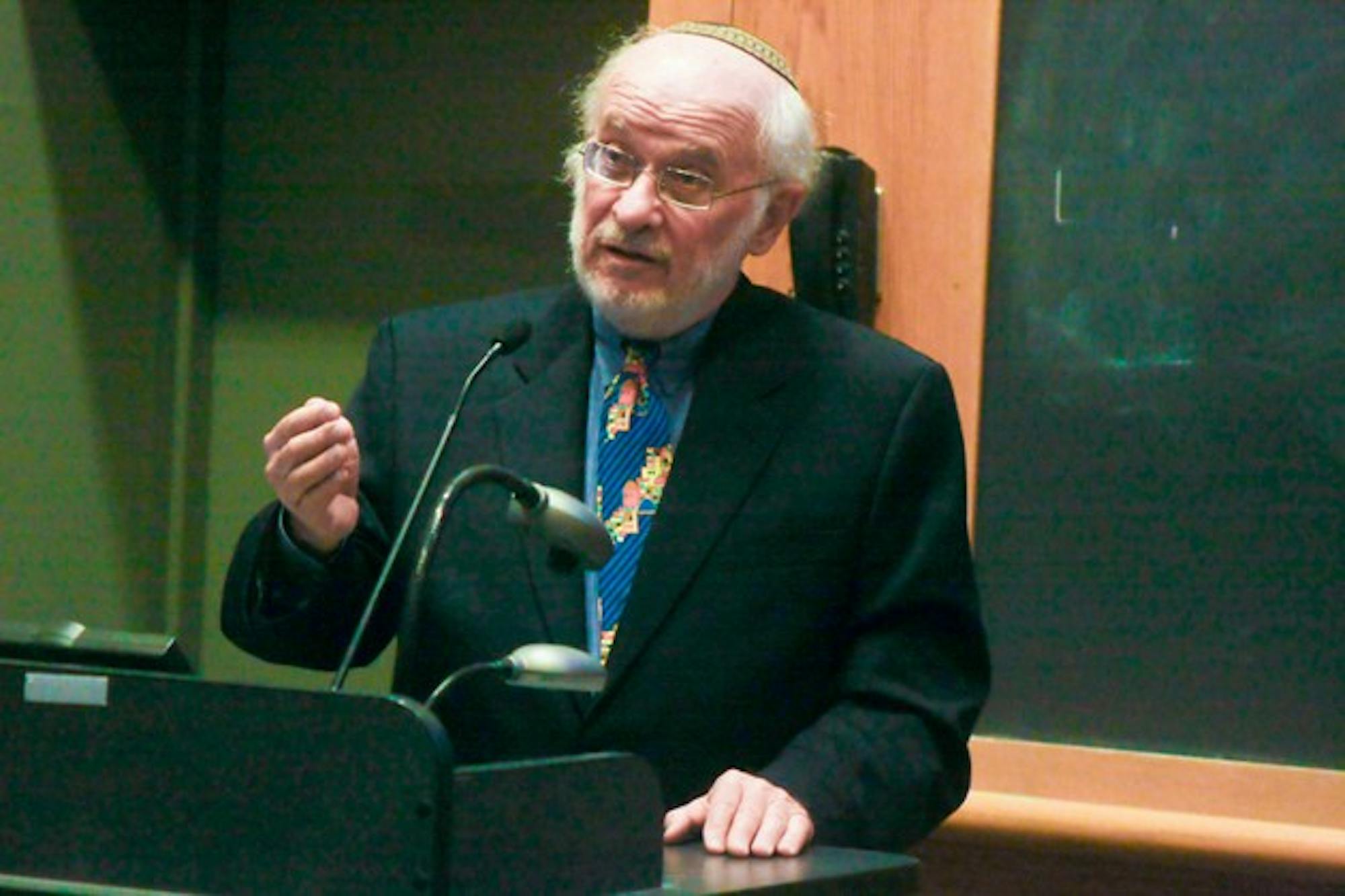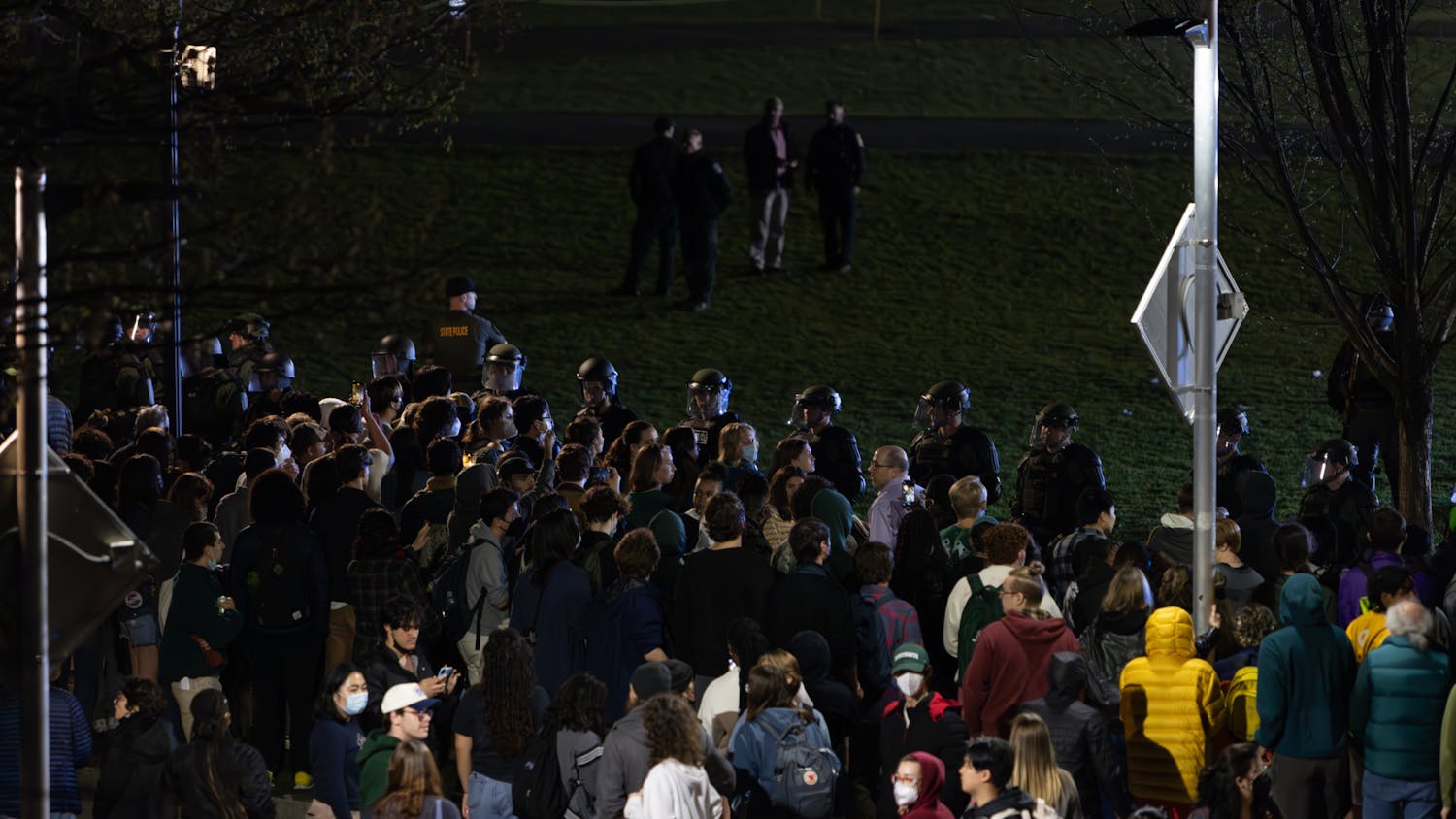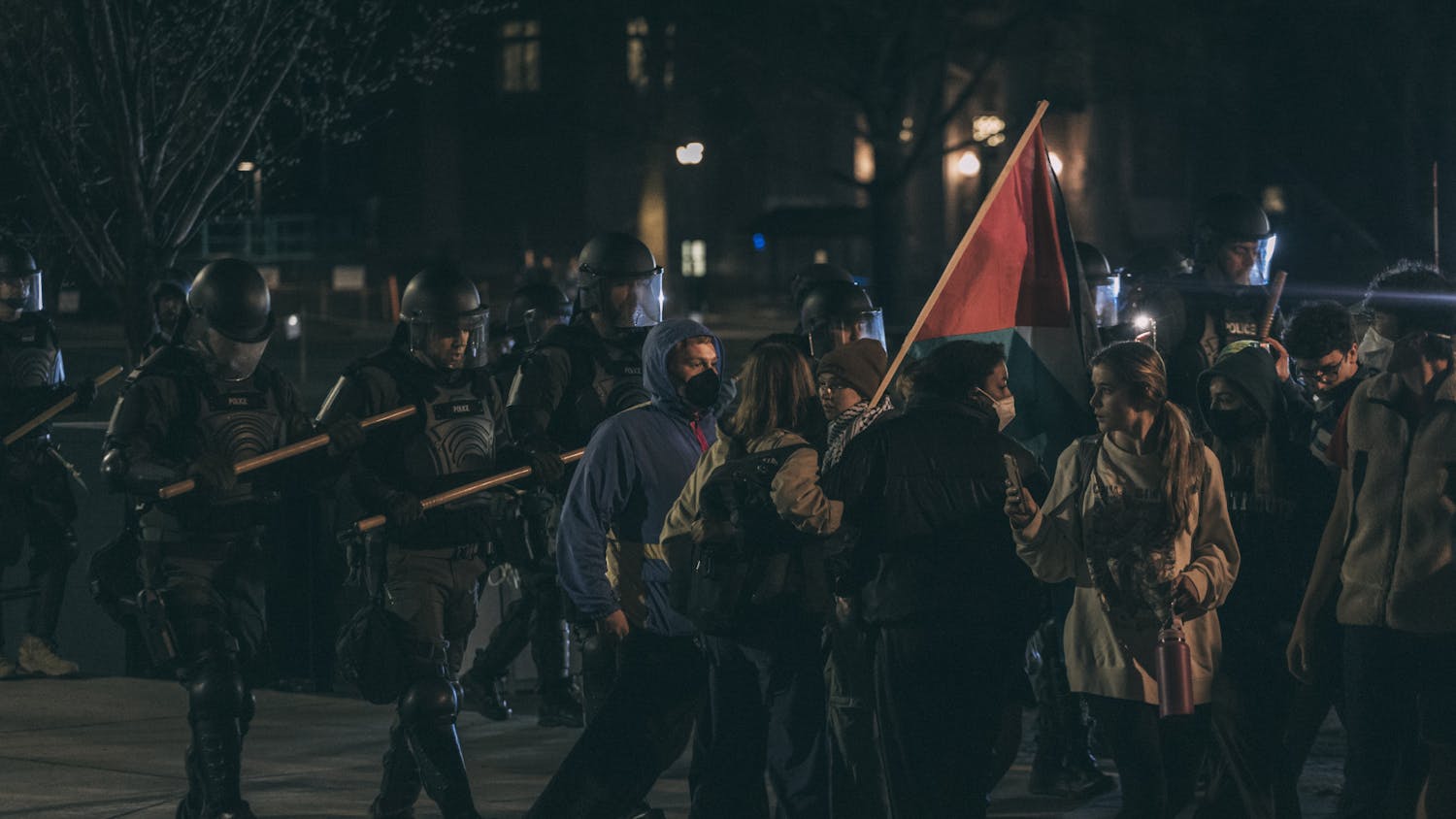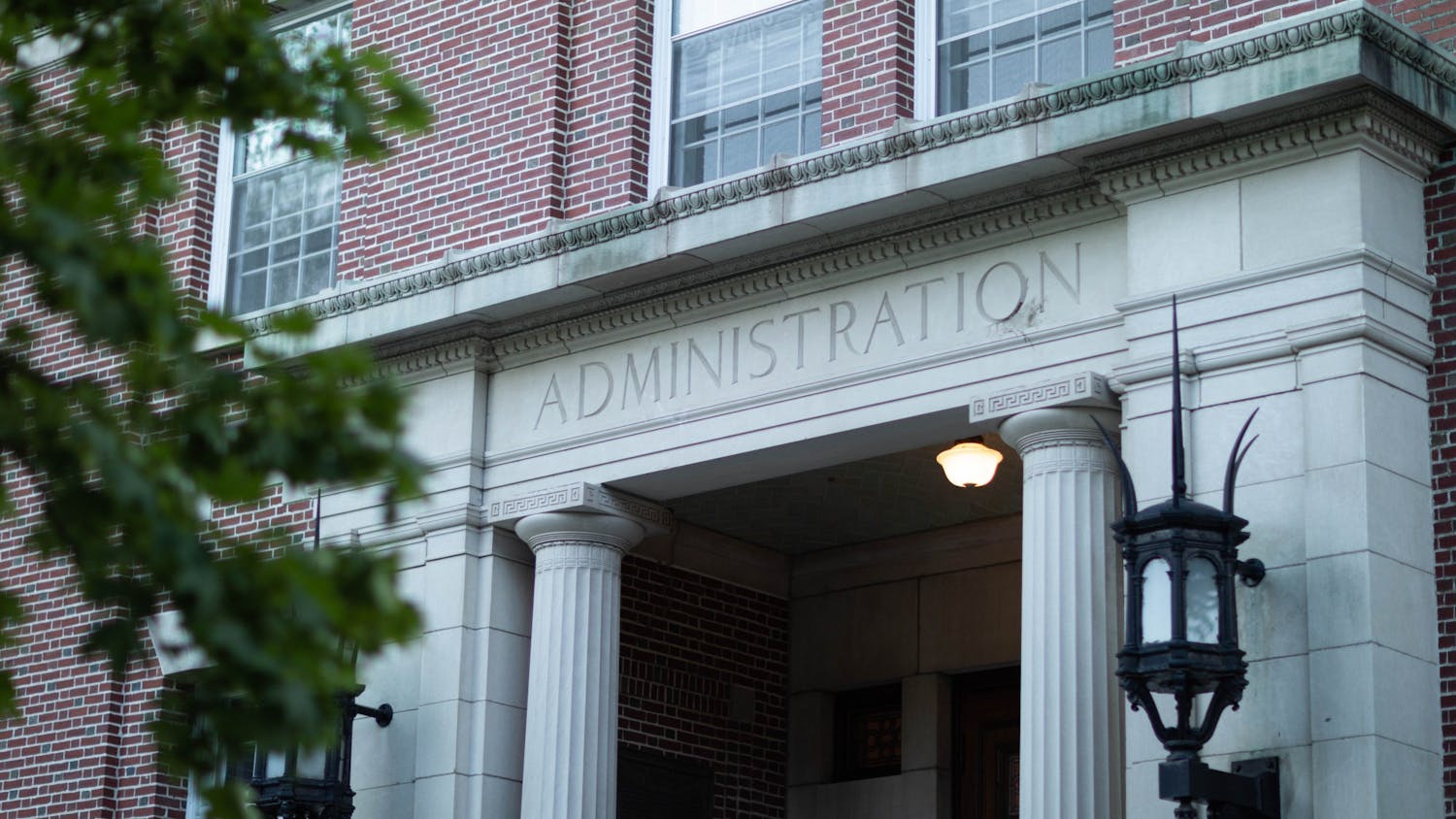"There are very, very few people who recognize that the first 16 words of that Bill of Rights the first 16 words of the First Amendment are Congress shall make no law respecting an establishment of religion or prohibiting the free exercise thereof,'" Lewin said. "They are really the cornerstone of Constitutional law regarding religious liberty in the United States."
Arguing before the Supreme Court is a unique experience because of the power one lawyer has to influence the stance of an entire branch of the national government, Lewin said. The entire experience is "unrehearsed," he added, and lawyers can never predict every question the Supreme Court justices will ask them.
"Arguing a case in the Supreme Court is an experience like nothing else in terms of practicing law you have to realize the beauty of the American system and Supreme Court argument," Lewin said. "This is the one time in the governmental system when you have an opportunity to try to affect the minds and opinions of the people who actually make the final decision."
One of the earliest cases Lewin argued before the Supreme Court was on behalf of Simcha Goldman an Air Force psychologist who was a practicing Orthodox Jew whose commanding officer suddenly ordered that Goldman remove his yarmulke because it was "against military dress code" even though Goldman had worn it every day on duty for two years.
Lewin won the case in the district court but the case was dismissed in Court of Appeals and eventually in a 5-4 Supreme Court decision because the courts ruled that the military had the authority to enforce a dress code, he said.
After the Supreme Court's decision, Lewin drafted a bill that, if passed, would have permitted military officials to wear yarmulkes while on duty, he said.
While explaining his argument to students, Lewin donned a camouflage-patterned yarmulke one of many that were integral to convincing the Senate to approve the legislation allowing yarmulkes in the military. Then-Associate Supreme Court Justice William Brennan, Jr., a Roman Catholic, wore a yarmulke such as this in his office, as well as on a trip to Israel when he received an honorary degree from the Hebrew University of Jerusalem, Lewin said.
Lewin described another case in which he argued that the placement of a menorah in front of the Pittsburgh City Hall was not a violation of the establishment clause in the first amendment, which prohibits the government from establishing a state religion and is used to uphold the separation of church and state.
The case occurred at the same time as another case that called for the removal of a public nativity scene a few blocks from the menorah, Lewin said. Ultimately, the Supreme Court found the nativity scene unconstitutional in a 5-4 decision, but ruled 6-3 in favor of maintaining the menorah on public property.
Despite resistance from then-Pittsburgh mayor Sophie Masloff, the Supreme Court decision was enforced and the menorah was installed in front of City Hall, Lewin said.
"It was like a Chanukah miracle half an hour before one was supposed to light the menorah Justice Brennan, who had ruled against menorah and against [nativity scene], ruled in favor of our putting up the menorah in front of Pittsburgh City Hall," Lewin said.
In his lecture, Lewin also discussed a third case he argued before the Supreme Court in 1994 in which he defended the establishment of a school for handicapped children in Kiryas Joel, N.Y., a town primarily populated by Satmar Hasidic Jews. Although the Supreme Court originally ruled that the school was in violation of the Constitution, it remains open today because of changes to its statue, Lewin said.




